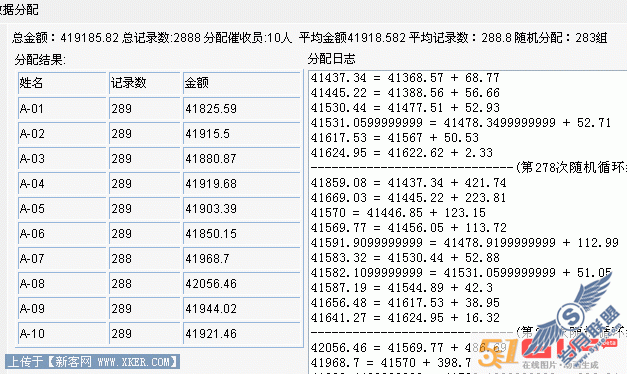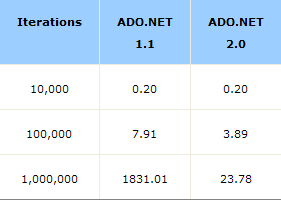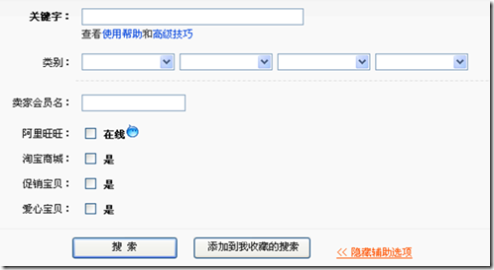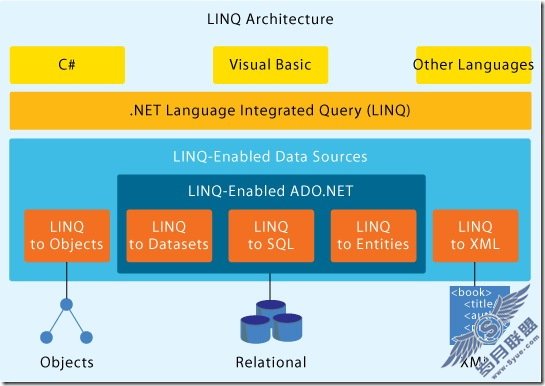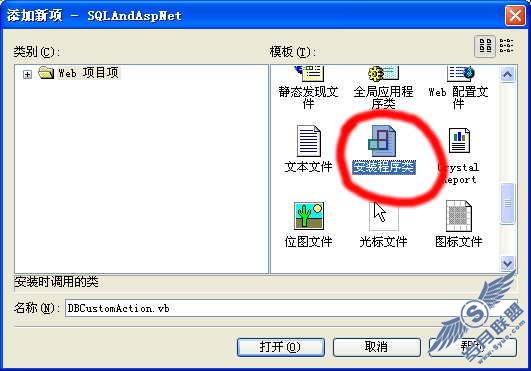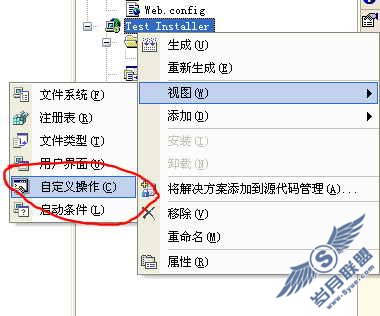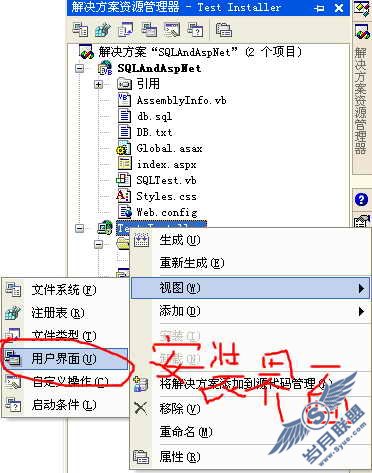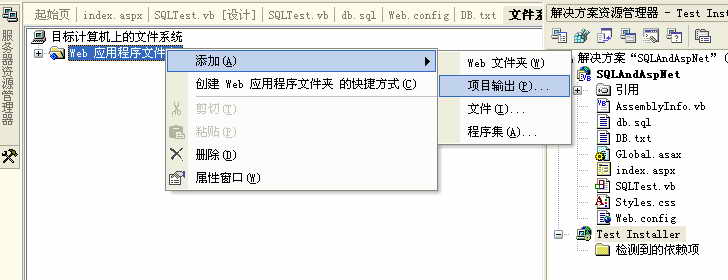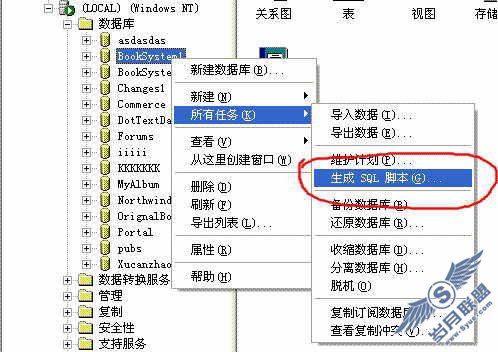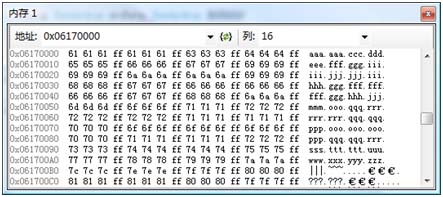关于IBuySpy里面用户权限验证方面的东西
来源:岁月联盟
时间:2005-06-20
1、扩展方式
扩展方式基本上有两种:直接利用GenericPrincipal和自己写一个实现IPrincipal的类。IBuySpy用的前者,优点就是N简单。
Context.User = new GenericPrincipal(Context.User.Identity, roles);
roles是一个保存了当前用户的角色信息的String,各个角色间用“;”分隔,由前面的代码调用数据层中的UserDB.GetRoles()方法来得到。
自己写一个实现IPrincipal的类其实也是N简单,你只需要实现两个接口:Identity属性返回一个IIdentity的用户标识对象,IsInRole(String role)判断用户是否具有参数中的角色。下面是我写的一个替代IBuySpy中原有扩展模式的类:
public class IBSPrincipal : IPrincipal {
private IIdentity _identity;
private String[] _asRole;
下面是两个构造函数:
public IBSPrincipal(IIdentity identity, String roles) {
_identity = identity;
_asRole = roles.Split(';');
}
public IBSPrincipal(IIdentity identity, String[] roles) {
_identity = identity;
_asRole = roles;
}
然后是用来实现IPrincipal的一个属性和一个方法:
public IIdentity Identity {
get {
return _identity;
}
}
public bool IsInRole(string role) {
// 下面一行幸得“JGTM'2003”告知Array有一个static的IndexOf()
// 原来是用循环查询_asRole....土不可及...
return (System.Array.IndexOf(_asRole, role) > -1);
}
OK,然后我们就可以用下面这句替代上面IBuySpy原有的那句了:
Context.User = new IBSPrincipal(Context.User.Identity, roles);
看起来好像自己创建这个IBSPrincipal并不划算,它没有提供比GenericPrincipal更多的功能,但好处是我们以后可以随时扩展它,而且实现的成本也很低。
2、时机
我们在什么时候进行上面所说的这样的扩展行为呢?
IBuySpy选择在Global.asax里面的Application_AuthenticateRequest事件里面进行这些动作,只要ASP.NET程序需要进行用户验证,那么肯定要经过这里,这个地方不错。
另一个好地方就是在“页面基类”的Page_Init方法中,我们在构造网站的时候就可以先构建一个“页面基类”(即使一开始里面什么都没有),所有的页面都从这个基类继承下来而不是从默认的System.Web.UI.Page,这样做的好处是我们可以随时把类似的动作放在基类中。可惜IBuySpy本身并没有应用这种“页面基类”的方式。
3、FormsAuthenticationTicket
这个类是一个“验证票据”类,我们可以利用这个票据来保存用户的信息,并把这个票据写到客户端的Cookie里面,以后客户再来时,从Cookie中把这个票据取回来,就可以得到用户的信息了。
上面这一段说的就是IBuySpy做的,但是一定要注意,我们自己做这些操作,和ASP.NET内置的Forms验证没有任何关系,虽然它也是通过类似的保存票据到Cookie来实现的。
用这个票据来写到Cookie与我们自定义一个Cookie去写相比有什么好处呢,首先可以设定票据的过期时间、决定是否永久在Cookie保存票据、票据中可以写入自定义的信息(比如用户所具有的角色),而且,.NET内置的FormsAuthentication.Encrypt()方法和FormsAuthentication.Decrypt()方法可以把一个票据加密成一个字符串,和从一个字符串解密出一个票据,这样省掉了我们很多的工作了。
来看看IBuySpy里面的代码,创建一个票据并写到Cookie:
FormsAuthenticationTicket ticket = new FormsAuthenticationTicket(
1, // version
Context.User.Identity.Name, // user name
DateTime.Now, // issue time
DateTime.Now.AddHours(1), // expires every hour
false, // don't persist cookie
roleStr // roles
);
// Encrypt the ticket
String cookieStr = FormsAuthentication.Encrypt(ticket);
// Send the cookie to the client
Response.Cookies["portalroles"].Value = cookieStr;
Response.Cookies["portalroles"].Path = "/";
Response.Cookies["portalroles"].Expires = DateTime.Now.AddMinutes(1);
从Cookie中读出票据,再从票据中得到用户具有的角色:
// Get roles from roles cookie
FormsAuthenticationTicket ticket = FormsAuthentication.Decrypt(Context.Request.Cookies["portalroles"].Value);
//convert the string representation of the role data into a string array
ArrayList userRoles = new ArrayList();
foreach (String role in ticket.UserData.Split( new char[] {';'} )) {
userRoles.Add(role);
}
roles = (String[]) userRoles.ToArray(typeof(String));
